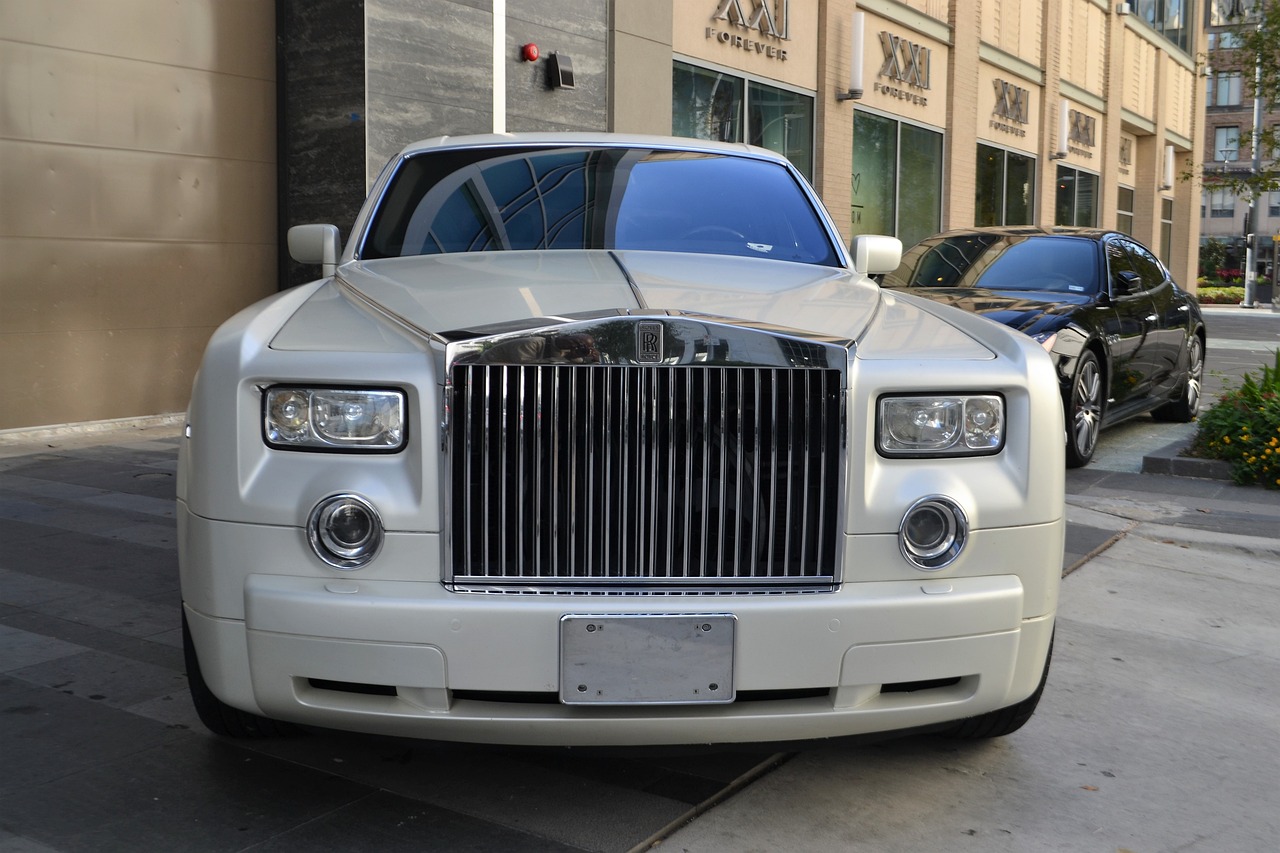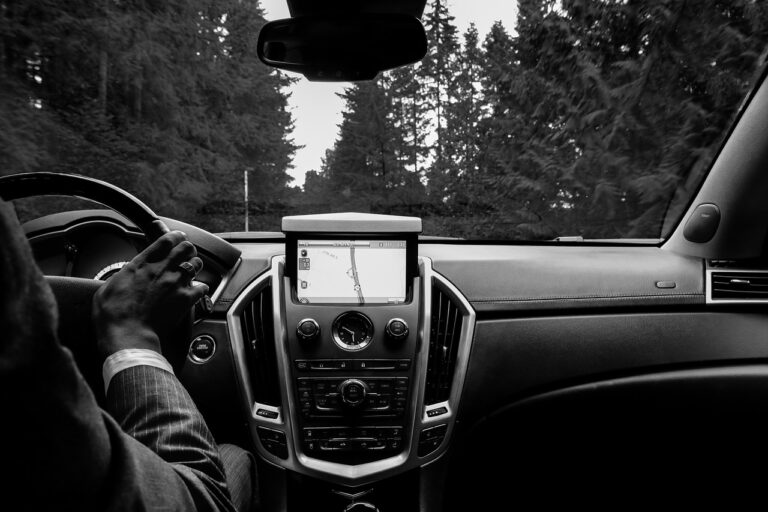The Evolution of Car Design: From Classic to Futuristic Aesthetics
Classic car designs have undergone a significant transformation over the years. From the sleek curves of the 1950s to the boxy shapes of the 1980s, each era brought its own unique style and aesthetic to these timeless vehicles. Car manufacturers have always strived to push the boundaries of design, creating cars that not only perform well but also turn heads on the road.
One of the hallmarks of classic car designs is the attention to detail and craftsmanship that goes into each vehicle. From the hand-polished chrome accents to the luxurious leather interiors, every aspect of a classic car is carefully crafted to exude elegance and sophistication. These cars are more than just modes of transportation – they are true works of art that capture the spirit of their time.
Influence of Technology on Car Aesthetics
As technology continues to advance at a rapid pace, its impact on the aesthetics of cars is becoming increasingly evident. The integration of advanced digital displays and sleeker body designs in modern vehicles reflects the marriage of functionality and style. Manufacturers are leveraging the latest technological innovations to create vehicles that not only perform efficiently but also appeal to modern consumer preferences.
From the use of lightweight materials to the implementation of autonomous driving features, technology is reshaping the way cars look and feel. The shift towards electric and hybrid vehicles has influenced car designs to become more aerodynamic and futuristic, reflecting a cleaner and more sustainable future. As technology evolves, we can expect to see even more dramatic changes in the aesthetics of cars, leading to a new era of innovative and visually striking automotive designs.
How has technology influenced the evolution of classic car designs?
Technology has played a significant role in the evolution of classic car designs by allowing for more innovative and aerodynamic shapes, advanced materials, and improved performance.
What specific technologies have influenced car aesthetics?
Technologies such as computer-aided design (CAD), 3D printing, LED lighting, and advanced manufacturing processes have all had a major impact on car aesthetics.
Can you give examples of how technology has changed the way cars look?
Sure! LED headlights and taillights have become a common feature in modern car designs, giving them a sleek and futuristic appearance. Additionally, the use of carbon fiber and other lightweight materials has allowed for more creative and efficient designs.
How has the use of technology affected the overall aesthetics of cars?
The use of technology has allowed for more creative freedom in car design, leading to more visually appealing and modern-looking vehicles. From sleek lines to advanced features, technology has definitely influenced the overall aesthetics of cars.





